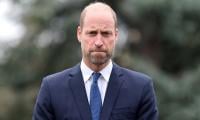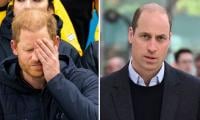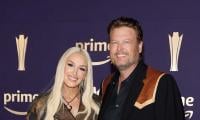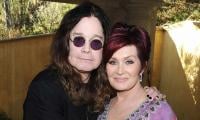Washington: Investors and Federal Reserve officials are at odds over the path of US interest rates this year, widening a gap between the forecasts of policymakers and market expectations.
Markets suggest the central bank will back off and reverse its months-long campaign to raise interest rates, the most aggressive since the 1980s. Senior Fed officials insist it will hold firm.
The divergence reflects beliefs about future inflation, which has cooled in recent months but remains high by historical standards. “There is a very clear disconnect and it is a disconnect about inflation,” said Priya Misra, head of rates strategy at TD Securities.
Most Fed officials have endorsed raising the benchmark federal funds rate above 5 percent and maintaining that level until at least the end of the year in order to cool the economy enough to get inflation under control.
Futures markets indicate the Fed will stop short, capping its policy rate between 4.75 percent and 5 percent, before implementing half of a percentage point’s worth of interest rate cuts from peak levels by December.
By the end of 2024 the fed funds rate will fall as low as 2.8 percent, according to market prices, roughly a full percentage point below what Fed officials projected in December.
Bets on lower rates have proliferated as investors have lowered their inflation expectations. On Friday the one-year US inflation swap, a derivatives contract that reflects inflation expectations for a year from now, was 1.77 percent, its lowest level in more than two years, according to Refinitiv.
Another market measure, the so-called one-year break-even inflation rate, currently stands at 2 percent.
Ajay Rajadhyaksha, global chair of research at Barclays, said: “The market does genuinely believe that inflation will come down more quickly than the Fed expects it to.
The Fed believes that it is very difficult for inflation to come down without the labour market softening, but the market isn’t convinced.”
Fed officials have sought to curb speculation that they will soon change course even though some favour slowing the rate of increase to a quarter of a percentage point at their next meeting, which ends on February 1.
In the past week senior policymakers — including Lael Brainard, the Fed vice-chair and John Williams of the New York Fed — repeated that the central bank will “stay the course” on further rate increases.
The Fed’s preferred measure of inflation — the core personal consumption expenditures price index — stands at 4.5 percent, down from its peak of 5.4 percent last year but more than double the central bank’s 2 percent target.
Central bankers are chiefly concerned about inflation in the services sector, which they worry will take longer to wring out than price pressures tied to the commodities shock triggered by the war in Ukraine and supply chain blockages linked to the Covid-19 pandemic.
“We do not want to be head-faked,” Christopher Waller, a Fed governor, said on Friday. He later said: “Inflation is not going to just miraculously melt away. It’s going to be a slower, harder slog to get inflation down, and therefore we have to keep rates higher for longer and not start cutting rates by the end of the year.”
Market expectations do not imply consensus on Wall Street. “I do not believe that there will be a rate cut in 2023,” said Ron O’Hanley, chief executive of State Street, the US custody bank.
“There will be a moderating pace of rate increases.”
However, many investors have taken heed of recent data which show economic activity slowing and other signs that US consumer spending is starting to take a hit.
“The market is pricing cuts as there is high conviction the data will turn weak,” said Kavi Gupta, co-head of rates trading at Bank of America.
The most recent US employment data, which showed a slowdown in wage growth, has also added to the market’s conviction that inflation will drop significantly.
The jobs and wages data are “the last piece you needed to see to be convinced that the decline in inflation is sustainable”, said Eric Winograd, an economist at AllianceBernstein.
Still, Winograd said, “there is a lot of hope embedded in market expectations of a rapid decline in inflation”.















